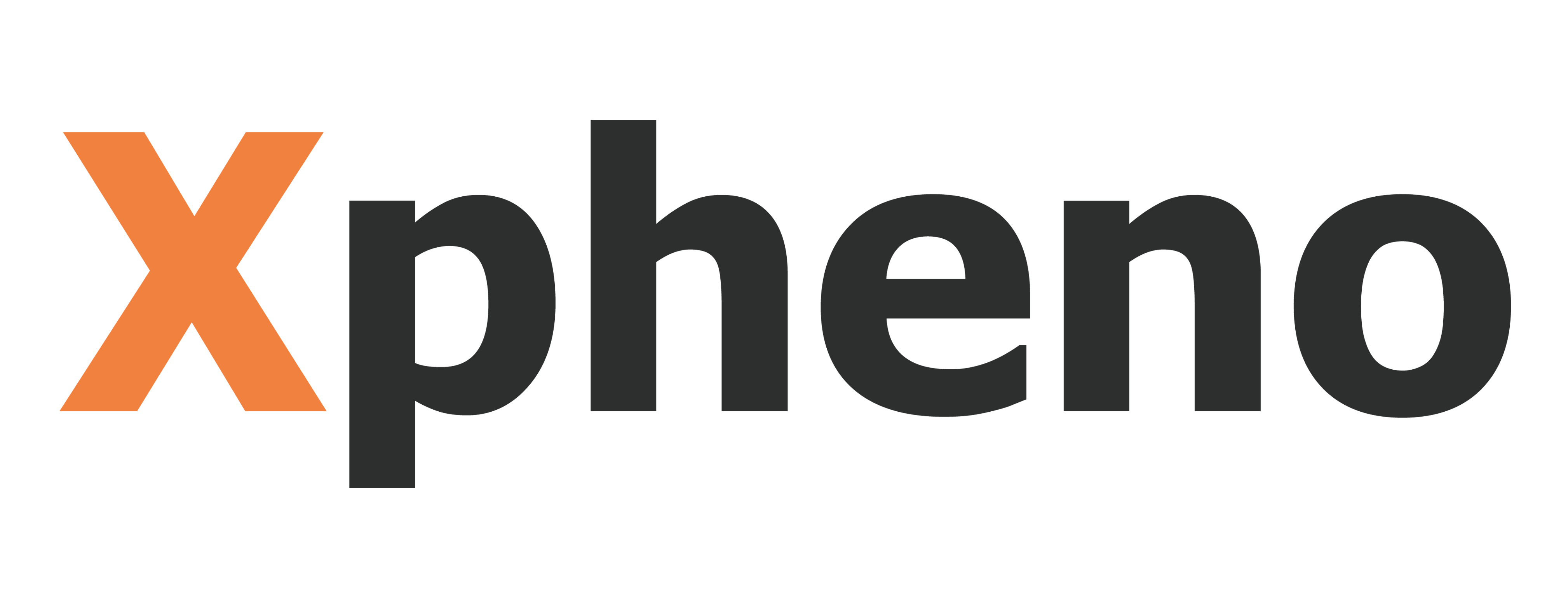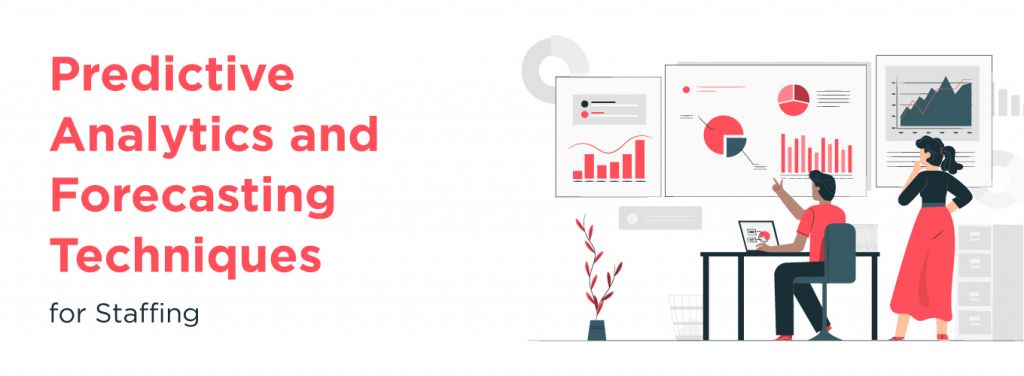Referred to as the future of data analytics, Predictive analysis has paved the way for advancements in the business field like never before.
When it comes to the HR department and staffing, the significance of predictive analysis and forecasting grows even more and close to 70% of company executives tend to consider analytics as a top priority in their company according to a McKinsey research.
Table of Contents
- What are Predictive Analytics and Forecasting
- How is it related to Staffing?
- Benefits of Predictive Analytics and Forecasting techniques for staffing
- Examples of Predictive Analytics and Forecasting
- How can you use predictive analytics for staffing?
- Future of Predictive Analytics and Forecasting Techniques in staffing
- Conclusion
- Frequently Asked Questions
What are Predictive Analytics and Forecasting
Gartner describes predictive analytics as an approach that involves data mining and emphasizes predicting or demonstrating something over the process of classification of a group.
It gives insight into the future which in turn favors a company’s growth and often deploys techniques like machine learning and statistical learning to obtain their conclusions. This opens a whole new scope and also enables the foreseers to envisage the coming week, year, or even decade.
The typical scenario may include Predictive analytics and forecasting and can be seen in Machine learning. One of the main steps that may be seen in prescriptive analytics is the use of machine-learning algorithms, which can process big data more quickly and successfully than it can be done by human beings themselves. Algorithms are built to dig into data and they come up with recommendations based on a certain requirement employing the “if” and “else” code.
Take, for example, a situation where the algorithm claimed that 50% or more of participants in the study about their customers fell into the “very unsatisfied” category with the behavior of the customer support team. This would in turn compel the company to train its customer support team better and in turn, improve its efficiency towards its customers.
While large amounts of data can be easily processed and analyzed using predictive techniques, these are still just predictions and not facts. With human input and analytics in place in addition to predictive analysis, can be used in its best sense.
How is it related to staffing?
Predictive analytics and forecasting are the strong backs of staffing through data-driven techniques like historical data analysis and statistical algorithms to decipher future requirements. Analyzing trends helps pursue a successful recruitment plan, ensuring that competent skills are available at the required times. As shown by these words, predictive analytics can help determine peak hiring times in the seasonal industry.
Benefits of Predictive Analytics and Forecasting Techniques
Enhanced Hiring Efficiency
Predictive techniques provide a seamless way of hiring talents that cut down on the time of engaging in the process and the overall recruitment cost.
Talent Acquisition Improvement
It is because the candidate’s concord with the position’s demands is determined, which in turn makes it easier to determine the level of capabilities that the candidate may possess thereby easing the recruitment process.
Reduction in turnover
When companies use predictive analytics, they can often predict future possibilities of turnovers and in turn, rectify such possibilities
Data-Driven Decision-Making
The employers that engage data will not have to guess in their staffing solutions as they can rely on data for informed decisions which ensures strategic and effective staffing.
Examples of predictive analytics and forecasting techniques for staffing?
Employee Turnover Prediction
A rudimental analysis of historical data can identify which employee is prone to leave, thus, a proactive counteraction of retaining the employee is easily established.
Skill Gap Analysis
That skill identification helps organizations develop and hire those who are appropriate according to skill requirements within the industry as a result.
Workforce Productivity
Analysis can estimate the time of peak productivity, which will provide great help in distributing the workload, and also help in optimizing the resource.
Predictive analytics allows organizations to proactively meet organizational objectives by targeting specific problem areas in the workforce.
How can you use predictive analysis for staffing?
Skill Matching
Recognize the achievements of the candidates and match their skills with the job demands for efficient job placement using their experience.
Recruitment Channel Optimization
Detect the most successful recruitment channels, with recruitment data as references, to focus energies on these areas where the greatest results can be expected.
Succession Planning
Estimate the availability of the internal professionals, thus making possible strategic succession planning and inside candidate selections (internal promotion).
Predictive analytics and forecasting techniques optimization is a must process to be implemented in the future of staffing.
Future of Predictive Analytics and Forecasting Techniques in staffing
Artificial Intelligence Integration:
AI technology will improve the predictive models, which will in turn offer them higher accuracy and adaptivity.
Real-time Data Utilization
The future will be about staffing more based on real-time data. The whole process will become more instantaneous and agile due to the availability of the right data at that very moment.
Continuous Improvement
Predictive analysis will proceed which will be the result to be more recurring, covering what has been found on ongoing patterns, and being better over time.
Conclusion
Workforce management has been conducted using specialized technologies and techniques such as predictive analytics, and forecasting, which have been playing a great role in optimizing staffing processes. One of the most important ways in which data can affect businesses is that it can help leaders to make the right choices, it can improve efficiency and it can enable them to be proactive towards the changes in the marketplace.
Frequently Asked Questions
1. Is predictive analysis efficient?
Predictive models that are calibrated precisely with valid data may deliver outstanding results, and sometimes, they are found to excel beyond the traditional methods.
2. Is Predictive Analytics a Phenomenon that Only Major Companies are Interested in?
We must clarify that scalable predictive analytics applies to businesses of all sizes, yet can be adapted to fit special requirements.
3. What Challenges Are Faced in Implementing Predictive Analytics for Staffing?
Challenges may include data quality issues, resistance to change, and the need for skilled professionals to interpret and act on the insights.









